The Val di Noto represents one of the ideal destinations for a trip that combines culture, natural beauty, food and wine and much more. In Val di Noto, under the shining sun of Sicily you can literally stroll immersed in the history of a land that for centuries has seen the passage of kingdoms and sovereigns, absorbing something from each, but always maintaining its own proud character. What makes the Val di Noto famous, even before its wonderful beaches and the crystal-clear waters of its sea, are the Baroque towns, a UNESCO World Heritage Site and one of the symbols of Sicily. The historic centers of Ragusa Ibla, Modica, Scicli, of Noto itself with their richly decorated churches and palaces are unique jewels that the skill of artists and craftsmen knew how to build on the rubble of a tremendous earthquake that, in 1693, struck the entire region. Here are 10 must-see stops on your trip to the Val di Noto.
Imposing, rich, unmistakable. The church of San Domenico is one of the best-known symbols of Noto and one of the greatest examples of Baroque in these lands. The work of architect Rosario Gagliardi from the early 18th century, the church of San Domenico stands out from the surrounding buildings with its marvelous two-order façade and convex central part that juts out toward the street. The interior, with three naves and a dome at the height of the second arch, is rich in stucco and polychrome marble altars. There are also numerous valuable paintings preserved inside the church including a beautiful St. Dominic receiving the Holy Spirit dating from the 18th century.
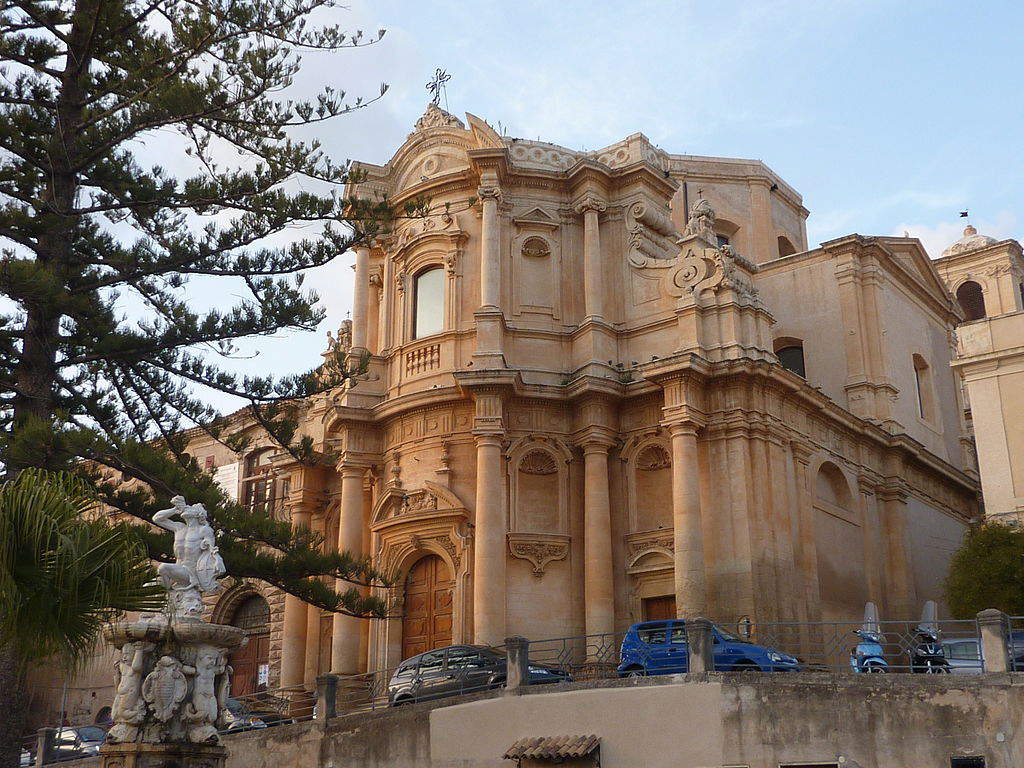
The marvelous 18th-century church dedicated to Santa Chiara is most famous for the richness of its interior, which expresses like few others all the splendor of Sicilian Baroque. Built, like so many other buildings of that period, according to a design by architect Rosario Gagliardi, it preserves some cycles of frescoes considered among the most beautiful in the entire region. However, it is the entire ensemble that strikes the visitor’s eye with its stuccoes that provide particularly scenic views. There are also numerous works of art in the single nave of the church of Santa Chiara, and among these are the altarpiece depicting St. Benedict and St. Scholastica, created by Salvatore Lo Forte, and the statue of the Madonna and Child by Antonello Gagini.
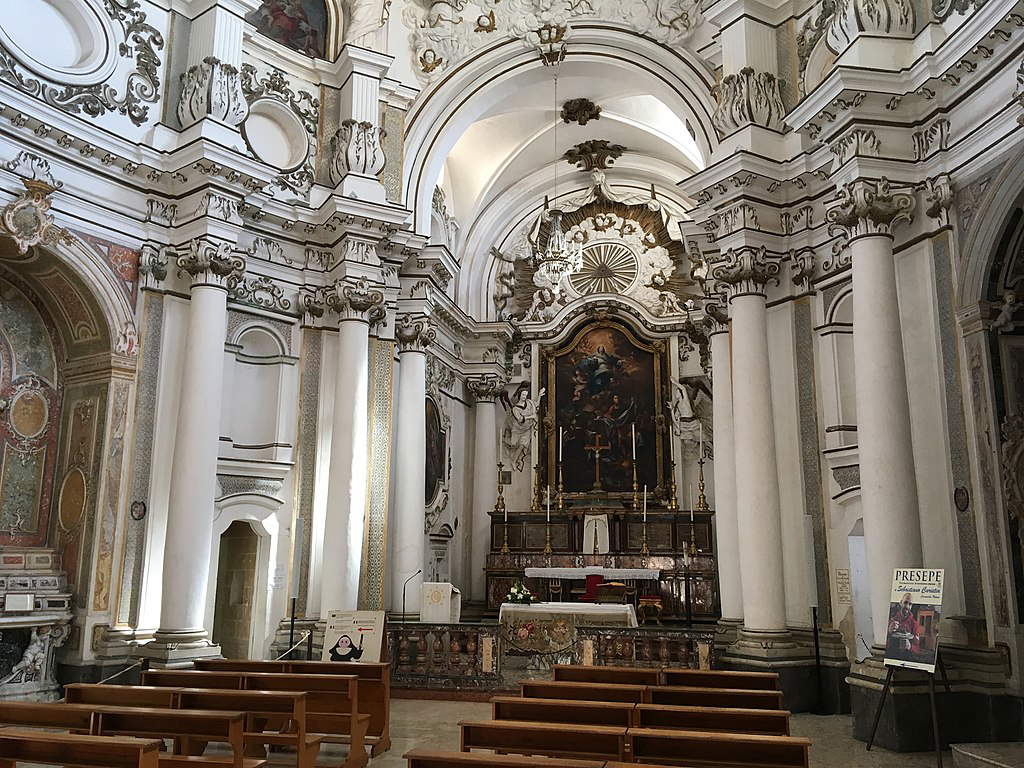
The large three-flight staircase, the facade with a strong neoclassical appeal, the two side towers, the warm color of the limestone: just a few elements are enough to identify the cathedral of San Niccolò and with it immediately think of Sicily and its architectural masterpieces. With its unique profile, the cathedral of Noto is undoubtedly one of the best known buildings in the entire region and a symbol of the strength and perseverance of its inhabitants. Following the earthquake that struck the Noto Valley on December 13, 1990, the church suffered some structural damage that led, on March 13, 1996, to the collapse of the dome and the entire right aisle. Images of St. Nicholas Cathedral in rubble soon went around the world, and restoration and reconstruction work also soon began, which was completed in 2007 following ancient techniques.

The current seat of the town hall, Palazzo Ducezio dates back to 1760 and is, due to the richness of its stucco work and its imposing facade with its large portico on three sides, one of the most valuable civil buildings in all of Noto. Work on its construction began around the middle of the eighteenth century, but the entire Ducezio palace then underwent modifications and extensions until the twentieth century when, soon after the end of World War II, the second floor was added. The jewel of the Ducezio palace is undoubtedly the great hall of Mirrors, the good living room of the city of Noto, where, among stuccoes and rich decorations, an allegory of Ducezio, king of the Siculians, to whom an officer shows the site of Neas on Mount Alveria, stands out in the center of the vault.
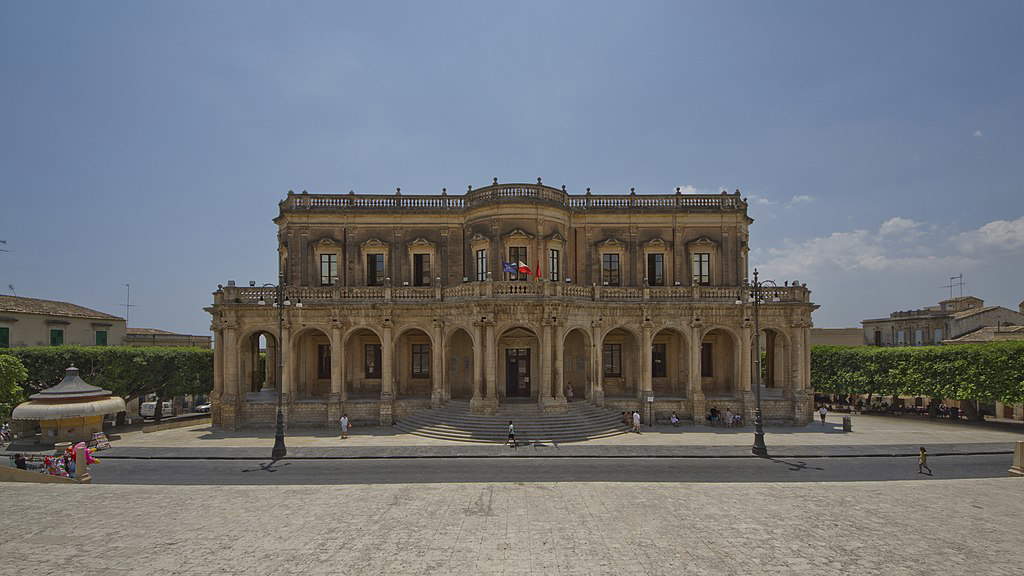
Also known in Noto as the college church, it is the former residence of the Jesuits and is a must-see on your trip to explore the city. Especially not to be missed is the climb to the top of the bell tower from which you can admire a breathtaking view of the entire city. Very beautiful is also the facade, with three levels and characterized by the use of free standing columns, is made of the characteristic limestone of these lands. The interior of St. Charles Church has three naves covered by a beautifully frescoed barrel vault. On the High Altar, however, are two marble statues symbolizing Faith and Hope.
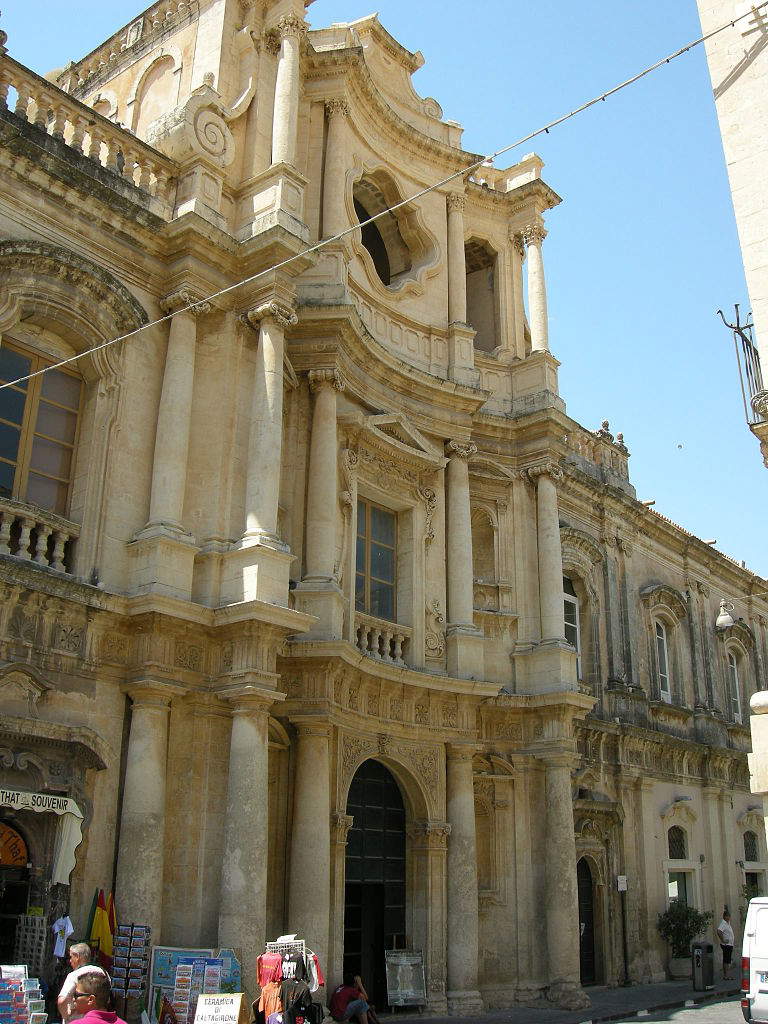
About 40 kilometers from Syracuse, the small town of Palazzolo Acreide preserves many magnificent buildings, symbols of Sicilian Baroque, which, not surprisingly, have earned it a place among UNESCO World Heritage Sites. Prominent among them is undoubtedly the basilica of San Paolo, an authentic concentration of all the Baroque stylistic features. Divided from the street by a grand staircase, externally the basilica has a façade with three orders that ends with the belfry. Inside, the church has three naves separated by pillars each richly decorated. The aisles also contain statues and paintings dating back to the 16th century as well.
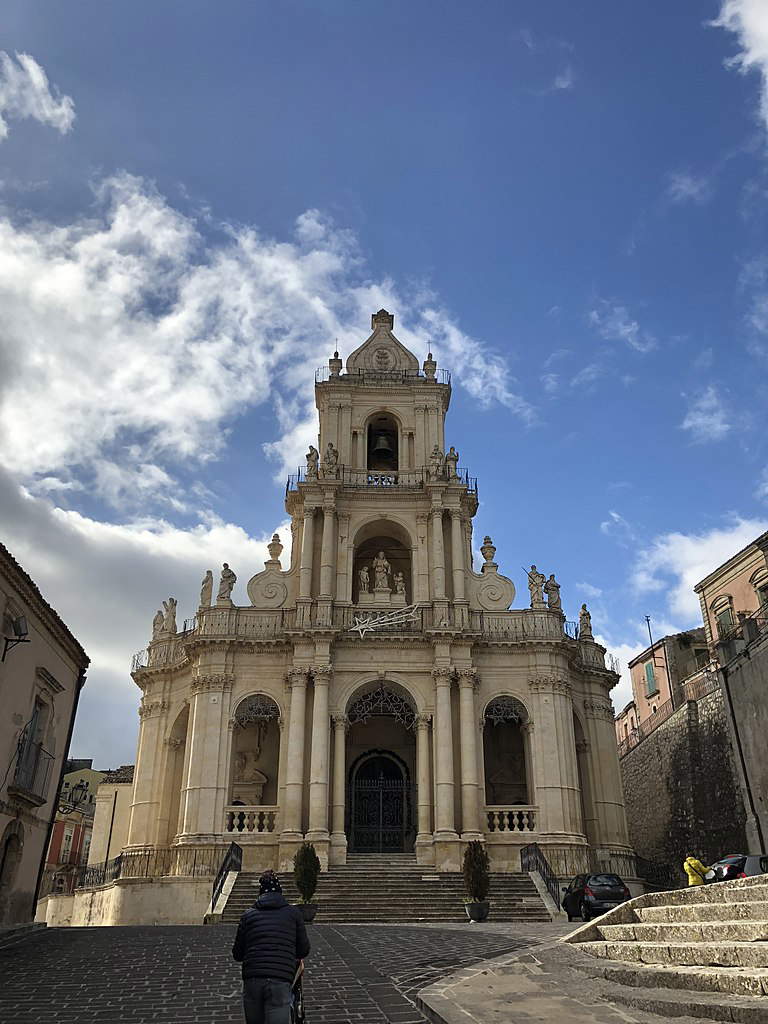
On August 10 each year, the grand basilica of San Sebastiano in Palazzolo Acreide is transformed into the epicenter of one of the biggest festivals in all of Sicily. The entire town takes to the streets to accompany the statue of the saint in procession amidst firecrackers and thousands of colorful streamers.This is a very ancient tradition, accompanied by an uncommon public setting, spectacle and folklore and, not surprisingly, inscribed in the intangible heritage register by UNESCO. However, the basilica of St. Sebastian with its profile at once refined and austere retains an irresistible charm all year round, so much so that it has also often been chosen by directors such as Luigi Zampa, Franco Zeffirelli, Giacomo Battiato, Nino Manfredi, and Antonio Albanese as a location for their films.

One hundred forty-two steps to cover just over 130 meters and connect the old and new parts of Caltagirone. The most famous staircase in all of Sicily is a jewel of creativity and craftsmanship that attracts many visitors every year. Built in the early eighteenth century and completed only two centuries later, what makes the staircase unique are the majolica decorations on each riser that take up typical Sicilian motifs ranging from the 10th to the 20th century. Caltagirone’s staircase is at its best every year on July 24 and 25 when, on the feast of St. James, candles are lit on the steps to form a distinctive design.
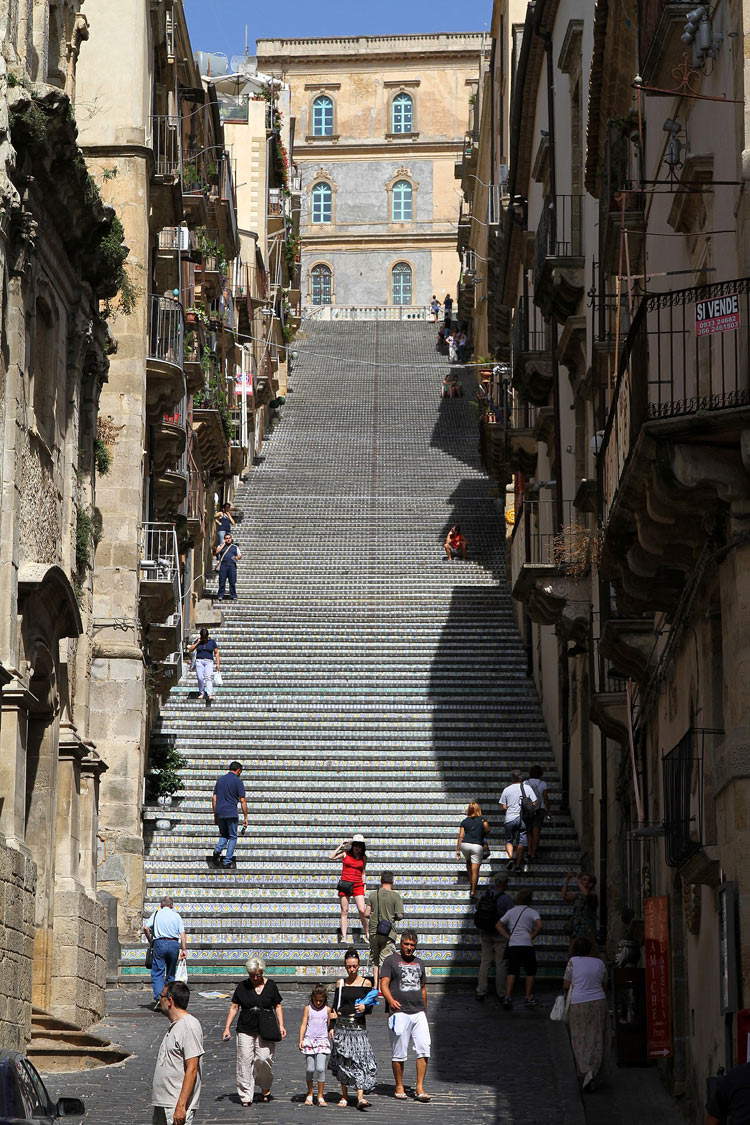
A jewel of Sicilian Baroque, the church of Santa Maria della Stella was built around the middle of the 18th century and still represents one of the most immortalized monuments in this corner of Sicily. Placed at the top of a grand staircase, the sanctuary is distinguished by the beauty of its harmonious, richly carved facade. The interior is lavishly decorated in a distinctly 18th-century taste with wonderful stucco work and contains numerous works of art, including a wooden and hemp statue of Our Lady of the Star particularly venerated in the city. The sacristy also houses numerous sacred silver furnishings.
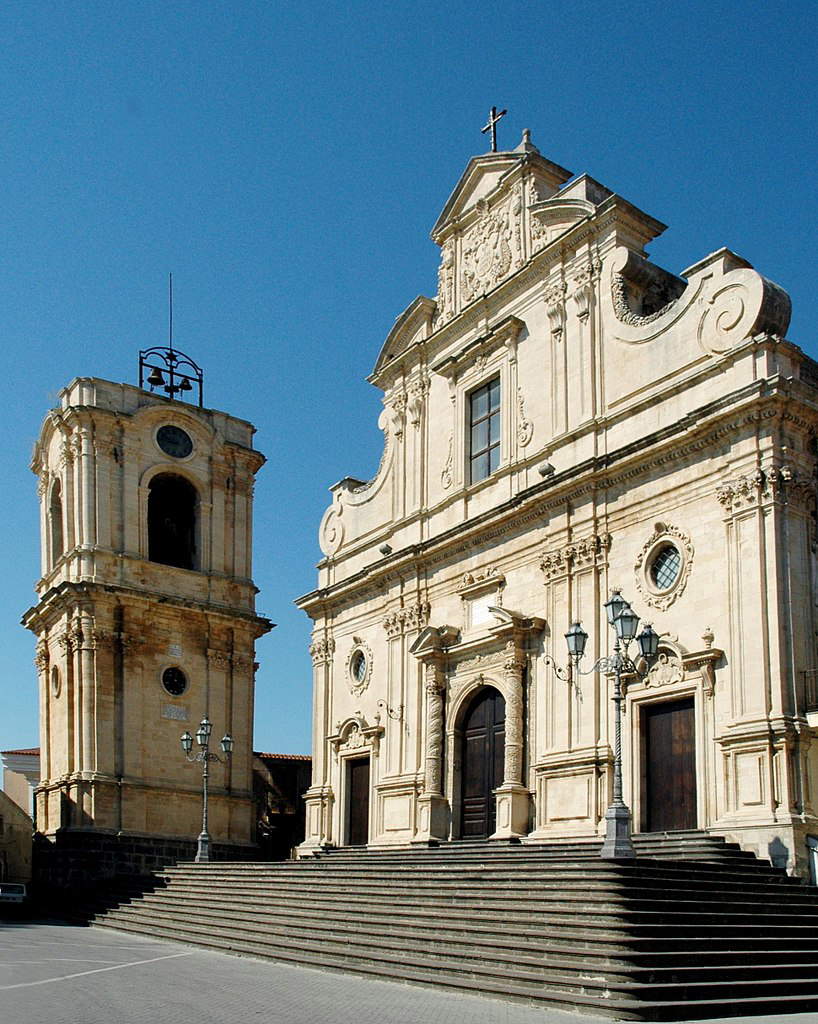
The sea, the history, the culture. Scicli is a gem to be unveiled unhurriedly, discovering one after another the many wonders hidden among its narrow alleys and imposing palaces overlooking scenic squares. Walking around with one’s nose to the sky, one cannot help but be dazzled before the splendor of the Baroque decorations that seem to compete with each other in beauty, sophistication and particularity. Not to be missed is then definitely a walk up to the hill of San Matteo from where there is a spectacular view of the city. Scicli in recent years, however, has won the attentions of the general public also because it is the location of Commissario Montalbano, and among the itineraries most followed by visitors is precisely the one that retraces the footsteps of the character created by the pen of Andrea Camilleri. In Scicli, however, there is certainly no shortage of museums, magnificent churches and wonderful beaches where to relax.
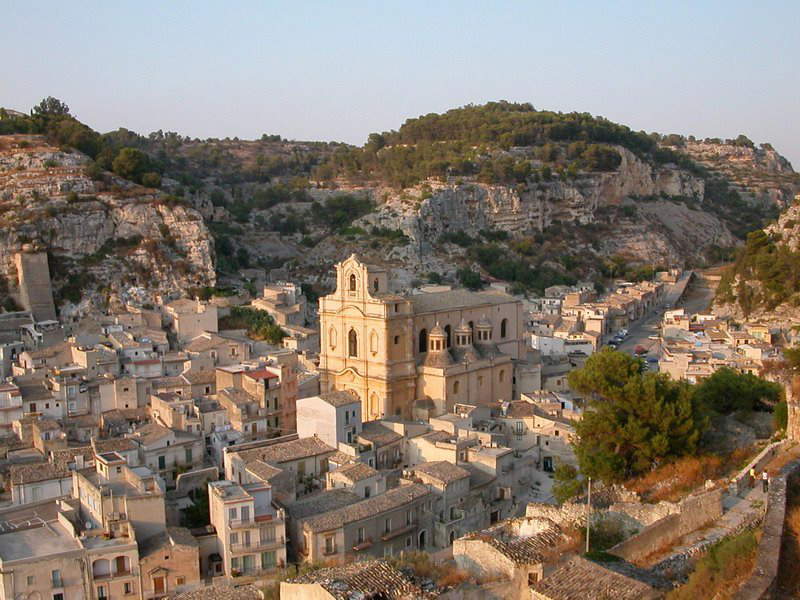
 |
| Val di Noto, what to see: 10 places not to be missed |
Warning: the translation into English of the original Italian article was created using automatic tools. We undertake to review all articles, but we do not guarantee the total absence of inaccuracies in the translation due to the program. You can find the original by clicking on the ITA button. If you find any mistake,please contact us.